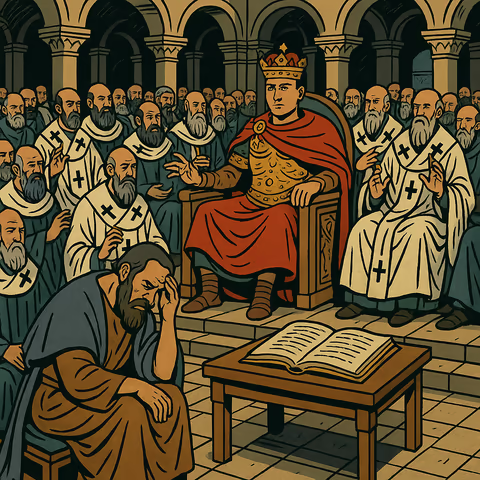
Timeline of Bible Canon Formation
Scattered scrolls and oral traditions gradually coalesced into the curated collections of sacred texts we know today.
Most remarkably, this process wasn’t guided by a single authority or moment in time - instead, it emerged through centuries of careful consideration, spirited debate, and (some believe) divine guidance.
Throughout this process, different communities - Jewish, Samaritan, Catholic, Orthodox, and Protestant - reached different conclusions about which books should be considered divinely inspired.
Here’s how they developed over time.
Historical sources
These developments are documented through various historical sources:
-
Ancient Jewish writings.
-
Early Christian letters and council decisions.
-
The Dead Sea Scrolls give us glimpses of competing Jewish collections.
-
Early Christian writers like Origen and Eusebius chronicle the ongoing discussions about which books truly belonged in scripture.
-
The decisions of various church councils, some of which contradict each other.
Timeline
~400-300 BC
First Collection of Sacred Texts
Jewish scholars begin recognizing certain texts as uniquely authoritative. The Torah (the first five books written by Moses) is universally accepted, while other books are still being debated.
The Samaritan Pentateuch shows that even rival religious groups accepted the Torah’s authority.
~250-100 BC
The Septuagint Translation
Jewish scholars in Alexandria translate Hebrew scriptures into the Greek Septuagint translation, eventually including books not found in the Hebrew Bible. This expanded collection would later influence Christian views on canon.
The translation begins with the Torah and gradually expands to include other books.
About 170 years pass
AD 70
Jerusalem Destroyed by Rome
AD 98 (or so)
The Last ‘New Testament’ Book, Revelation, Appears
The last book that is today recognized as part of the New Testament, Revelation, is likely written by this time (although some argue for an earlier date). Its authorship and status would be hotly debated for centuries, especially in the Eastern churches.
AD ~90-100
Rabbis at Jamnia
Jewish rabbis centered around the city of Jamnia discuss their sacred texts after the Temple’s destruction. They establish clear criteria for which books are considered authoritative. Some believe they held a single council to decide these matters, while others argue it may have been a series of councils or some other less-formal process that happened gradually.
The Pharisaic tradition becomes dominant in Judaism, leading to general agreement on the books of the Hebrew Bible.
Christians would later accuse these same Pharisees of altering the text of the Hebrew Bible to discredit Christianity.
AD ~140
Marcion’s Challenge
The Christian-turned-Gnostic Marcion creates his own limited canon, entirely rejecting the Old Testament and accepting only modified versions of Luke and some Pauline letters.
This crisis prompts other Christian leaders to begin formally defining their accepted texts, which we will see below.
AD ~170-200
The Muratorian Fragment
The earliest known Christian list of New Testament books appears, preserved on the Muratorian fragment. It includes most books in today’s New Testament, including Revelation, but notes that some Christians did not want Revelation read in church.
It also accepts the Wisdom of Solomon and the Apocalypse of Peter, though noting the latter was also disputed.
Note that some scholars suggest a later date for the fragment, perhaps in the 300s.
AD ~250-260
Dionysius Questions Revelation
Dionysius of Alexandria, a student of Origen, writes a detailed critique questioning whether the Apostle John truly authored Revelation, citing its vastly different Greek style compared to his Gospel and letters. This fuels growing skepticism in Eastern churches.
Around 70 years pass
AD ~325
Eusebius on Disputed Books
The church historian Eusebius of Caesarea, in his Church History, discusses the books considered scripture. He categorizes books as:
- Recognized: Gospels, Acts, Paul’s letters, 1 Peter, 1 John. He notes Revelation is sometimes placed here.
- Disputed but known: James, Jude, 2 Peter, 2 & 3 John. Revelation is often placed here too.
- Spurious: Acts of Paul, Shepherd of Hermas, Apocalypse of Peter, etc.
- Heretical: Gospels of Thomas, Gospels of Matthias, etc.
His categorization highlights the ongoing uncertainty surrounding several New Testament books, especially Revelation.
AD 363
Council of Laodicea Omits Revelation
A regional council in Laodicea (Asia Minor) issues canons listing accepted scriptures. Their list includes most of the current Old Testament (excluding the extra Septuagint books) and New Testament, but notably omits Revelation, reflecting the continued skepticism in the East.
AD 367
Athanasius’s Easter Letter
Athanasius of Alexandria, countering lists like Laodicea’s, becomes the first to list exactly the 27 books of the New Testament (including Revelation) that most Christians recognize today as exclusively canonical.
His list still distinguishes between these ‘canonical’ books and other ‘useful’ readings (like the Shepherd of Hermas and the Didache, plus the extra Old Testament books from the Septuagint).
AD 382
Council of Rome
At the Council of Rome, under Pope Damasus I, Western churches agree on a canon including both the extra Septuagint books and the 27-book New Testament (including Revelation). This list would become standard in Catholic tradition.
AD 397
Council of Carthage
At the Council of Carthage, North African churches formally approve the same 27-book New Testament canon (including Revelation) and the Old Testament including the extra Septuagint books, following Athanasius and Rome. This included books like Tobit and Judith.
AD 350-1000
Eastern Acceptance of Disputed Books
The Eastern churches gradually accepted several disputed New Testament books over centuries. While Athanasius included them in his canon list of AD 367, full acceptance varied:
- Revelation: Remained disputed longest in the East. Excluded by Laodicea (363), Cyril of Jerusalem (c. 350), Gregory of Nazianzus (c. 390). Not quoted by prominent Eastern figures like John Chrysostom.
- Other Disputed Books: 2 Peter, 2 John, 3 John, Jude (sometimes called the ‘Western Five’ along with Revelation) faced similar, though often less intense, skepticism.
- Gradual Inclusion: The Syriac Harklean version (AD 616) added these books to the Peshitta tradition, though some Syriac churches continued to reject them. The Second Council of Trullo (AD 692) approved canons including these books. John of Damascus (AD 700s) included all except Revelation. Some Greek lectionaries continued to omit Revelation even into modern times.
AD ~405
Jerome Suggests Some Books are Secondary
While Jerome was creating the Latin Vulgate, he strongly preferred the books found in the Hebrew Bible used by Jews at the time. He felt these texts represented the original ‘Hebrew truth’.
He used the term apocrypha (meaning ‘hidden’) for the additional books found in the Greek Septuagint but not in the Hebrew collection. These books (later known in the Catholic tradition as the deuterocanonical books) are:
- Tobit
- Judith
- Wisdom
- Sirach
- Baruch (including the Letter of Jeremiah)
- 1 Maccabees
- 2 Maccabees
Additionally:
Jerome argued that these ‘apocryphal’ texts were useful (calling them libri ecclesiastici or ‘church books’) but that they shouldn’t be used to establish doctrine (which required libri canonici or ‘canonical books’).
This introduced the idea in the Western Church that these extra books had a secondary status compared to the others. This distinction became very influential, even though later church councils like Rome and Carthage included these books in their approved lists.
In later centuries, scholars would continue to debate the status of these texts, with some arguing they should be included in the canon and others rejecting them outright as frauds.
AD 692
Council of Trullo
The Second Council of Trullo (also called the Quinisext Council) formally approves several earlier canon lists, including the Apostolic Canons, which listed 85 books.
This helped standardize the Eastern Orthodox canon, though some variation continued.
About 750 years pass
AD 1442
Council of Florence
At the Council of Florence, the Catholic Church officially defines its canon, including the extra Septuagint books without any distinction made about them.
However, Jerome’s classification of them as apocrypha continues to influence thought and debate regarding their precise status.
AD 1534
Luther’s German Bible & Views on Canon
Martin Luther’s complete German Bible places the extra Septuagint books in a separate ‘Apocrypha’ section.
He also expressed significant doubts about four New Testament books (Hebrews, James, Jude, and Revelation), questioning their apostolic origin and theological value, though he included them in his translation (initially moving them to the end). His criteria emphasized whether a book clearly ‘preached Christ.’
AD 1546
Council of Trent
At the Council of Trent, in response to Protestant challenges, the Catholic Church definitively declares the extra Septuagint books to be fully inspired scripture.
AD 1563
Protestant Canon Established (Mostly)
During the Reformation, most Protestant churches formally reject the extra Septuagint books as scripture (following Luther’s ‘Apocrypha’ designation), accepting only the 66 books found in the Hebrew Bible plus the 27 books of the New Testament. This decision was codified in various Protestant confessions, like the Church of England’s Thirty-Nine Articles.
However, doubts about certain New Testament books (Hebrews, James, Jude, Revelation) persisted among some reformers like Luther, Zwingli, and Calvin (who never wrote a commentary on Revelation), even as they were generally included in Protestant Bibles.
AD 1566
Term ‘Deuterocanonical’ Coined
The Catholic theologian Sixtus of Siena coins the term deuterocanonical (‘second canon’) in his work Bibliotheca Sancta. He applied this term to the disputed Old Testament books (like those Jerome called ‘apocrypha’).
Sixtus contrasted these with the protocanonical (‘first canon’) books whose status had never been seriously questioned in the West. He reserved the term apocryphal for books he considered non-canonical entirely (like 1 Esdras or the Prayer of Manasseh).
This terminology aimed to uphold the Church’s view that these books are fully canonical and inspired while also acknowledging their disputed history. Protestants, however, generally continued to use ‘Apocrypha’ for the books they rejected or separated.
19th Century - Present
Modern Scholarly Perspectives Emerge
From the 19th century onwards, discoveries of historical manuscripts and archaeological evidence provide new insights into the deuterocanonical/apocryphal books:
-
Origins & Dating: Scholars generally date these books to the Hellenistic period (roughly 3rd century BC to 1st century AD), later than most books of the Hebrew Bible. While some likely had Hebrew or Aramaic originals (e.g., Sirach, Tobit, 1 Maccabees), many, including Wisdom, 2 Maccabees, and the additions to Daniel and Esther, were likely composed in Greek.
-
Authorship: Traditional attributions (like Solomon writing Wisdom) become largely seen as pseudepigraphical – using a respected name for authority rather than indicating the actual author. Most are considered anonymous or written by authors different from those named. Some view this as deceptive, while others see it a homage to the supposed author.
-
Historicity & Genre: Historical reliability varies significantly. 1 Maccabees is valued as a historical source. Others, like Judith (which wrongly names the Babylonian king Nebuchadnezzar as king of Assyria) and Tobit, are now viewed as historical fiction written for entertainment or religious instruction. The additions to Daniel and Esther come to be seen as later expansions absent from the earliest Hebrew/Aramaic versions.
Although Catholic and Eastern Orthodox scholars acknowledge these findings, it doesn’t change the books’ canonical status, which rests on tradition and decisions made by councils. They view them as containing inspired theological truths, even if they are fictional or historically inaccurate.
For many Protestants and Non-Traditional Movements, however, these scholarly conclusions encouraged them to exclude these books from their Bibles entirely.
Timelines: Bible History
 Timeline of the Kings of Israel and Judah
Timeline of the Kings of Israel and Judah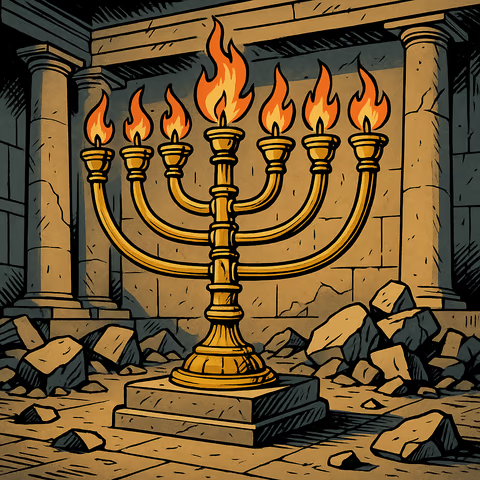 Timeline of the Maccabeean Period
Timeline of the Maccabeean Period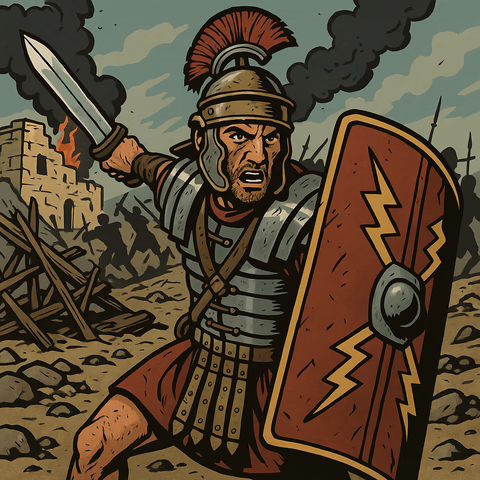 Timeline of the Jewish-Roman Wars
Timeline of the Jewish-Roman Wars Timeline of Jesus' Death and Resurrection
Timeline of Jesus' Death and Resurrection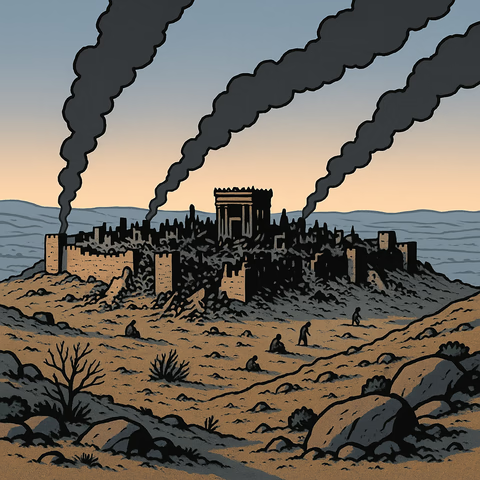 Timeline of the Babylonian Exile and Restoration
Timeline of the Babylonian Exile and Restoration
Timelines: Doctrines
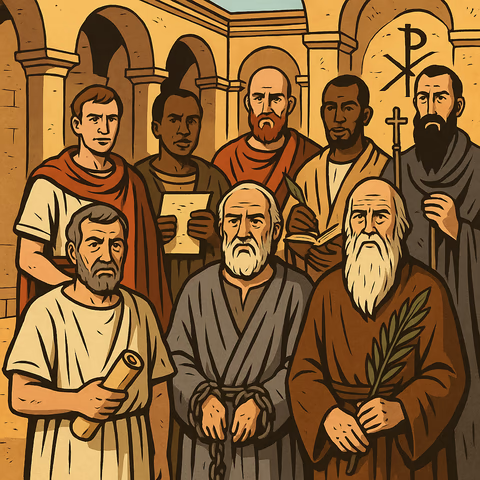 Timeline of Church Fathers and their Doctrines
Timeline of Church Fathers and their Doctrines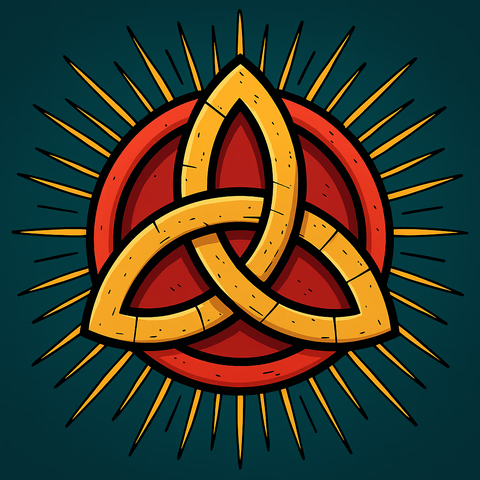 Timeline of the Trinity Doctrine
Timeline of the Trinity Doctrine Timeline of Afterlife Doctrines
Timeline of Afterlife Doctrines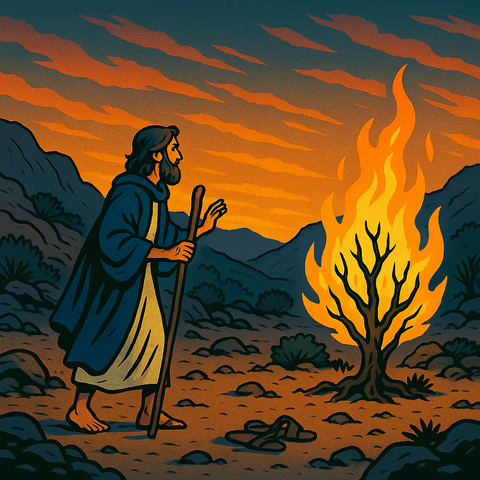 Timeline of God's Name
Timeline of God's Name
Timelines: Miscellaneous
 Timeline of Bible Canon Formation
Timeline of Bible Canon Formation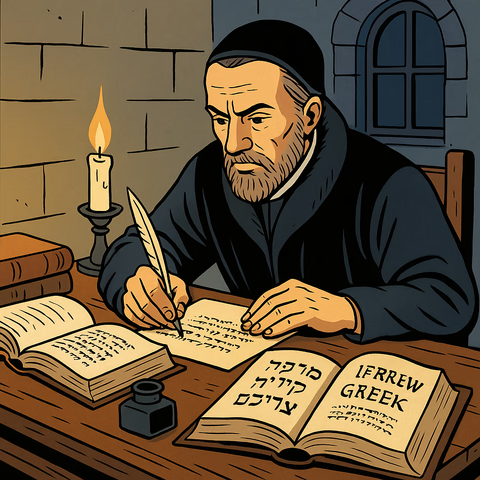 Timeline of Bible Translation
Timeline of Bible Translation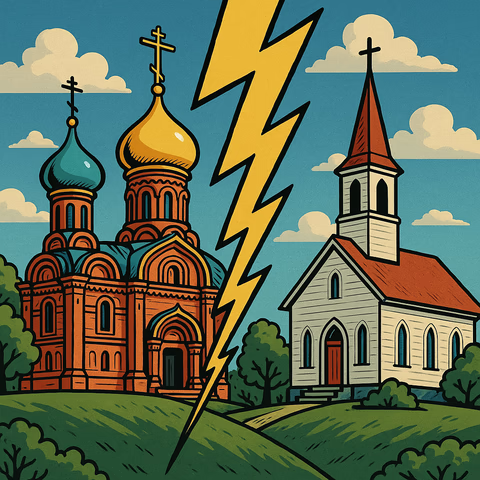 Timeline of Church Schisms, Gnostics, and Sects
Timeline of Church Schisms, Gnostics, and Sects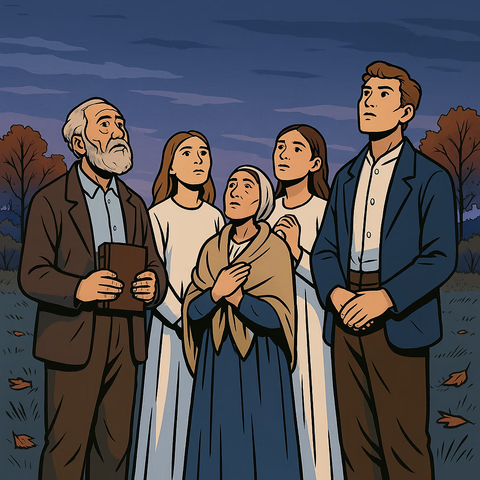 Timeline of Failed Apocalyptic Predictions
Timeline of Failed Apocalyptic Predictions
Also see our Articles index and our About section.